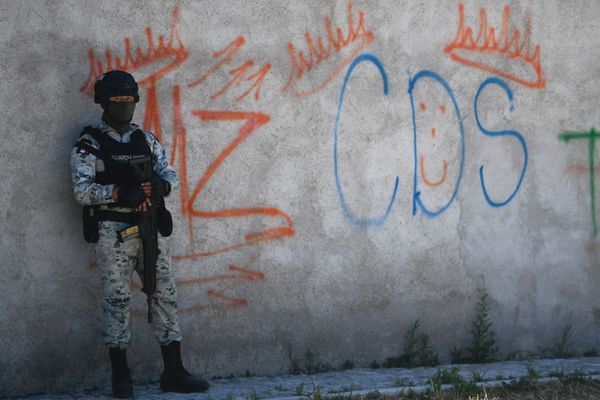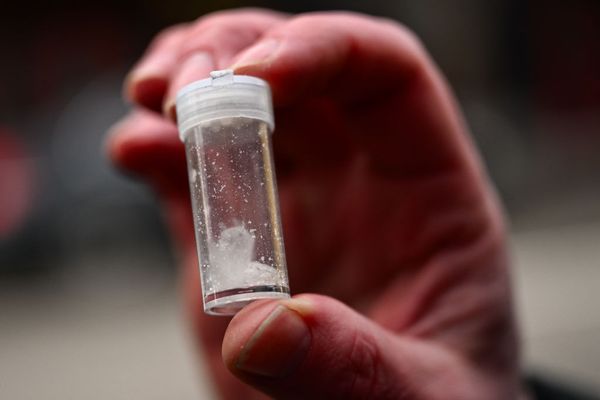
One of history's leading 16th-century astronomers, Tycho Brahe, was also an alchemist who kept the secrets of that pursuit under wraps. Researchers found that Brahe regularly consumed gold and wanted to learn more about the chemical substances he used in his laboratory on the Swedish island of Ven. Shards of glass and ceramic from the lab's remains were examined to uncover the elements and elixirs Brahe was working with.
While many typical alchemical elements were found, the presence of tungsten was particularly puzzling. Tungsten, a metal not isolated until nearly 200 years later, was a surprising discovery in Brahe's possession. Brahe, unlike all alchemists, was focused on the medical applications of elements. He had medicines for treating various diseases, but his recipes and research were kept secret.
After Brahe's death, his laboratory was destroyed, but excavators salvaged glass and ceramic pieces from the garden in the 1980s and '90s. Recent analysis of these shards revealed traces of 31 elements that Brahe may have used in his experiments. Elements like copper, gold, and mercury were found, consistent with Brahe's medical recipes.
Brahe might have been exploring the properties of minerals, with tungsten likely fascinating him due to its weight. The heavy metal could have been mistaken for gold due to its density. The purpose of tungsten in Brahe's experiments remains unknown, but the analysis of remnants from alchemists' laboratories is shedding light on their secretive practices.
While alchemists' elixirs were not as effective as modern medicines, the goal of improving health and longevity was shared. The analysis of more shards from Brahe's laboratory is planned to gain further insights into his secret experiments and potential discoveries.







